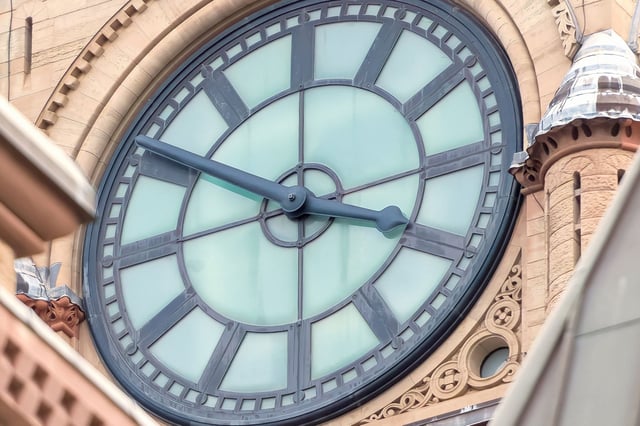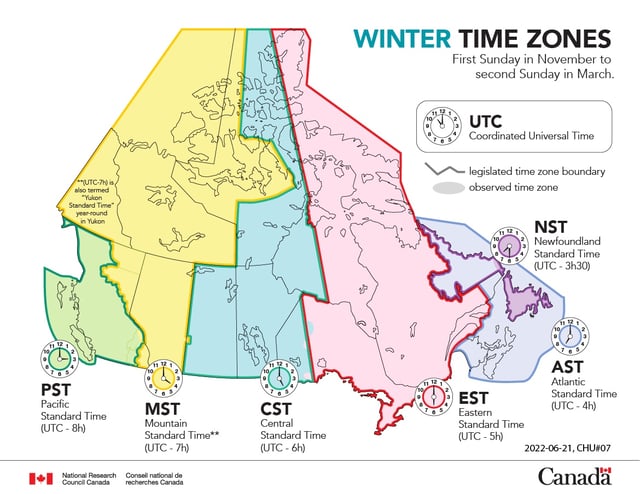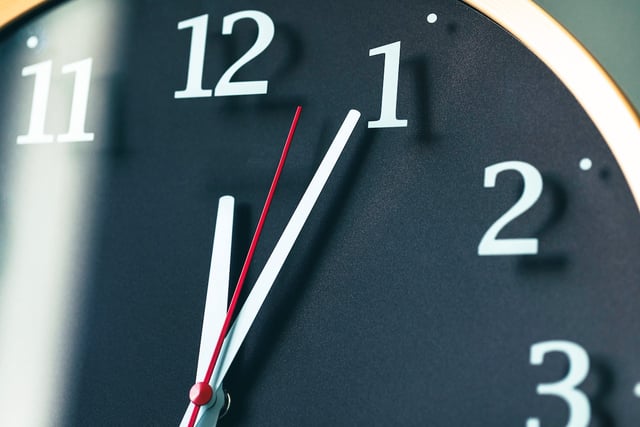Overview
- Clocks turn back one hour at 2:00 a.m. local time on Sunday, Nov. 2, returning to standard time.
- The change yields an extra hour of sleep and brings earlier sunrises with earlier nightfall.
- Most of Canada observes the shift, with exceptions including most of Saskatchewan, parts of Quebec and B.C., all of Yukon, and Nunavut’s Southampton Island.
- In the U.S., the 2022 Sunshine Protection Act to make daylight saving time permanent cleared the Senate but died in the House, and a new version was introduced in January.
- Pennsylvania’s Senate voted in March to end the clock changes but further action is pending, while major Canadian provincial parties have signaled openness to scrapping the biannual switch.



